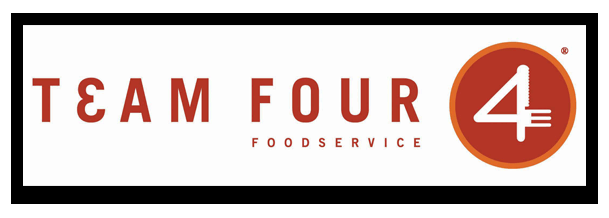|
Economic conditions provide reasons for optimism in 2024 Could it be time for a cautious sigh of relief? Inflationary pressures have been easing, along with challenges related to labor and supply chains. As a result, many restaurant owners and operators are finding that lately, the day-to-day operating environment feels a bit less frantic, tumultuous and unpredictable than it has in several years.
It’s a moment to not only celebrate but also seize. To survive and thrive, restaurants will have to carry forward the processes that have helped them operate leanly and efficiently in the past few years, while fine-tuning their methods of collecting, analyzing and acting on their data. In Bank of America’s newly released State of the Restaurant Industry report, Cristin O’Hara, managing director of the bank’s Global Commercial Banking Restaurant Group, said the smartest companies in the industry are using these relatively stable times to invest in the tools that will help them better understand their guests, what they’re buying and how often, and how to use their data to make even stronger decisions about such functions as inventory management and menu development. “Every restaurant can benefit from being able to not only collect data on every transaction, every item, but to analyze it so you can maximize your sales,” she says in the report. “A lot of folks aren’t spending the time and money on that to stay ahead of the curve, and that’s going to be so important going forward.” She predicts that tech innovation will continue to be a game-changer in the industry, helping restaurants more efficiently manage such tasks as answering phones, taking orders, upselling customers and managing inventory. Restaurants that are able to improve their capabilities in these areas will be in a stronger position to grow and adapt to changes in the landscape. For example, online ordering may plateau in 2024, requiring operators to develop marketing efforts to drive more business online or seamlessly shift gears to other sales streams. Further, guests’ desire for restaurant meals that feel like a good value will call for restaurants to continue to innovate their menus and provide new experiences to guests.
0 Comments
 In June 2022, the Fed increased rates by 75 basis points in an effort to slow down the highest inflation the U.S. has experienced in 40 years. Just a few weeks later, in the wake of the announcement that the Consumer Price Index climbed 1.3 percent over May results – the most since 2005 – we’re facing yet another likely increase. An interest rate spike of similar (or slightly larger) size is expected when policy makers meet again at the end of this month. Of course, rapidly escalating prices and the increasingly likely prospect of a recession don’t come as welcome news for consumers or restaurant operators. But it’s important to look beyond the gloom and doom: To put today’s economy in perspective, consider the Great Recession of 2008. The biggest economic downturn in nearly a century also turned out to be an important generator of opportunities for the restaurant industry. It marked the explosion of fast-casual restaurant concepts – the category hardly existed before 2008. It ushered in a period in which consumers spent a larger percent of their food budgets in restaurants. Real estate became less expensive, restaurants grew in number and the industry became a larger part of the overall economy. The decade following the 2008 downturn was also a period of growth and increasing sophistication for franchising. The recession laid the foundation for how consumers now integrate restaurants into their daily lives. There are new opportunities in the current environment too, even if they may be difficult to see at the moment. Larry Reinstein of LJR Hospitality advises operators to take some steps to be in a stronger position to seize the opportunities that do come along: Continue to reengineer your menu. Reduce the size of it and make sure that the items you offer are profitable and make best use of your labor hours and supply. Take a look at the hours you are open and consider making small changes of even an hour or half hour to improve efficiency. Consider how you can provide better value – not necessarily a cheaper experience but a great experience for the money charged. That could mean investing in culinary talent and your overall team so they can perform better and with greater consistency. Look for opportunities to secure capital – consider options such as crowdfunding if banks are hesitant to lend. Recessions are periods in which consumers trade down – but they still have to eat. For businesses that can operate efficiently enough to power through an economic downturn, this period could be an opportunity to serve and earn the trust of a new breed of guest. |
More Inflation ArticlesBecome recession-readyStriking the right balance on priceFight inflation challengesArchives
April 2024
Categories
All
|
Foodservice CEO is provided for informational purposes only. It is intended to offer foodservice operators’ guidance regarding best practices in running their operations. Adherence to any recommendations included in this Guidance will not ensure a successful operation in every situation. Furthermore, the recommendations contained in this website should not be interpreted as setting a standard of operation or be deemed inclusive of all methods of operating nor exclusive of other methods of operating.
Copyright 2023 Team Four Foodservice, All Rights Reserved.





 RSS Feed
RSS Feed